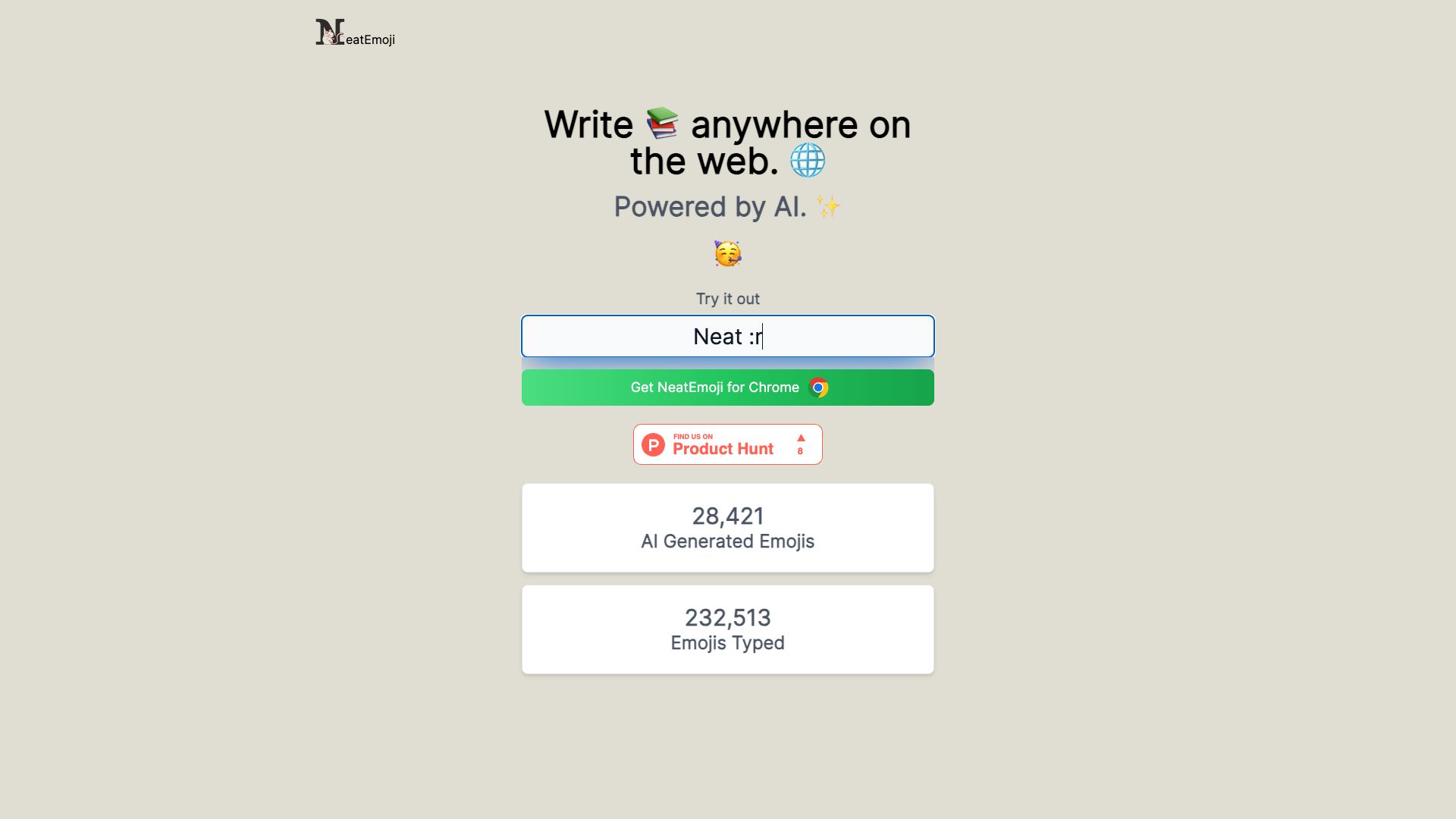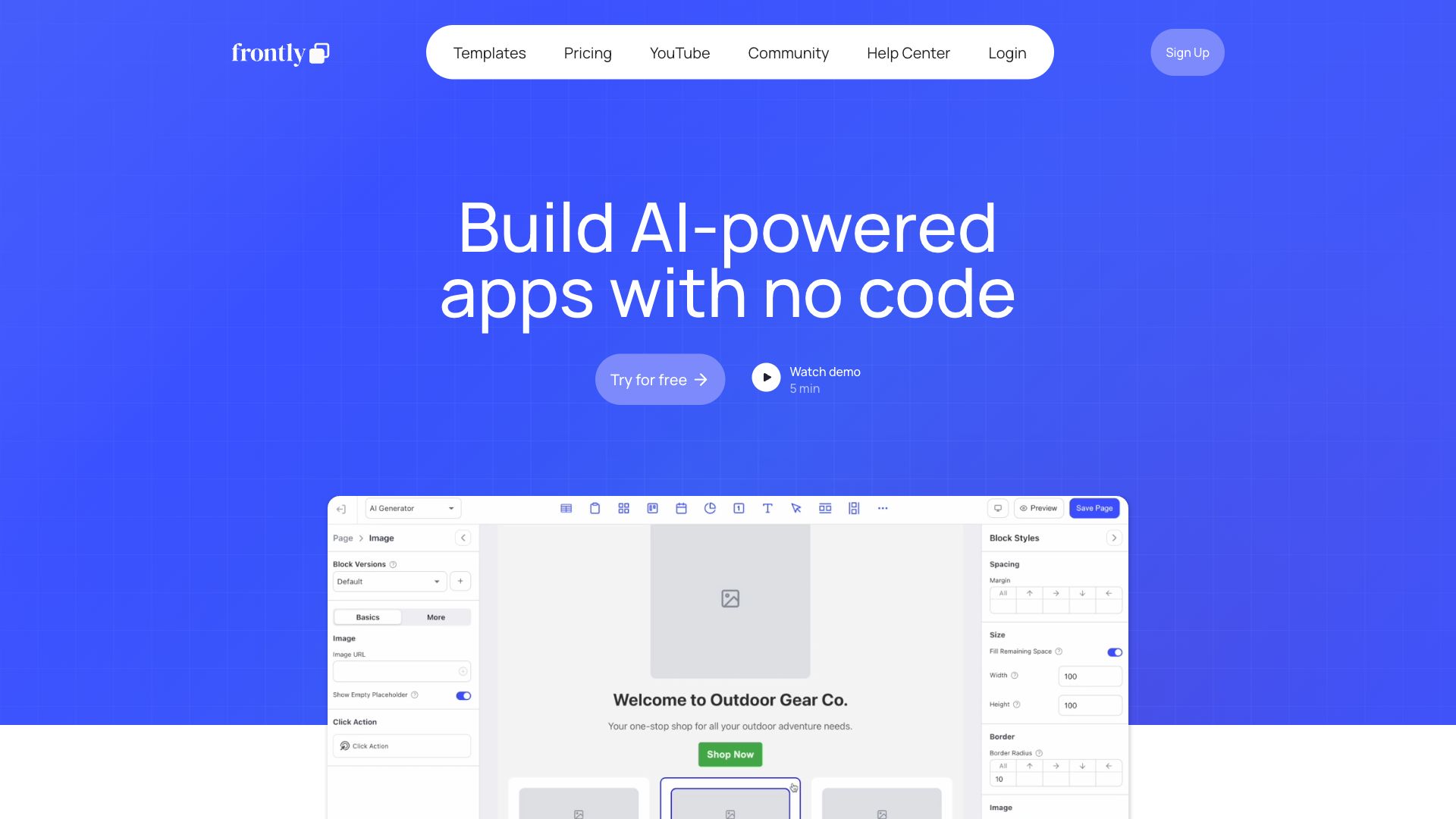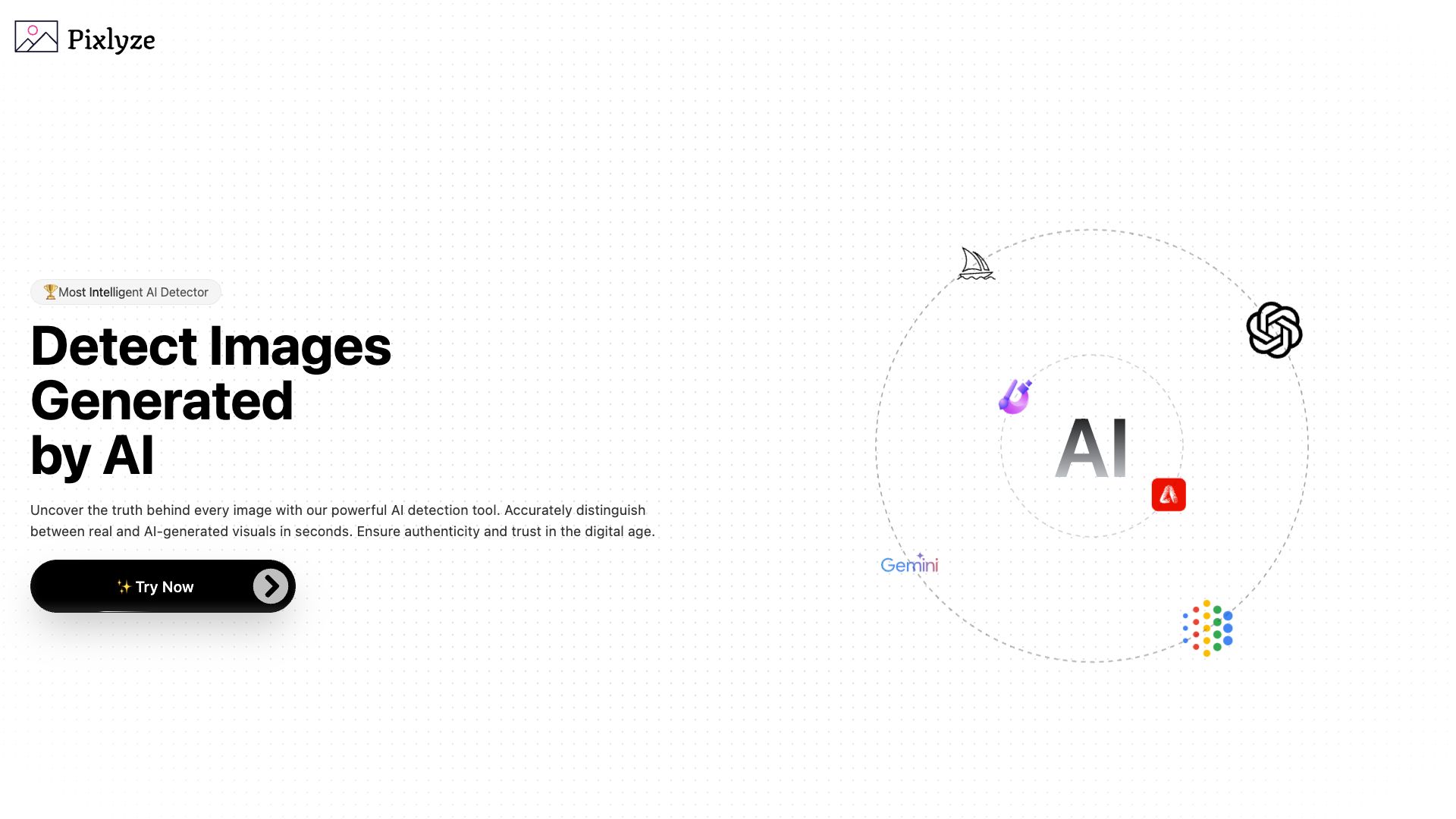Awesome Image to Image Tools in 2024
Discover the awesome 3 AI tools for 2024 By Candytools
Write emojis like :smile: and get 😊. As seen at Discord & Slack. NeatEmoji is an AI-powered text-to-emoji chrome extension that instantly converts text to emojis. No need to copy and paste emojis anymore.
Frontly AI uses AI to generate and edit product photos in bulk, 10x faster and cheaper than traditional photography. Upload your product images and get professional-looking photos in minutes. Free trial!
Convert any image to high-quality, scalable SVG code for free with Pixlyze. Optimize your web graphics, simplify your workflow, and enhance your designs with our powerful image-to-SVG converter.
More AI Tools Categories
What is Image to Image?
"Image to image" generally refers to tasks where an input image is transformed into an output image with specific modifications, guided by a particular goal. This is a broad concept in computer vision and image processing, and can be achieved through various techniques.
Here's a breakdown of the concept and common techniques:
Concept:
- Input: An original image.
- Process: Applying specific algorithms or models to modify the image.
- Output: A new image with desired changes, while retaining some characteristics of the original.
Common Techniques and Applications:
-
Image Editing & Enhancement:
- Color Correction: Adjusting brightness, contrast, saturation, etc.
- Noise Reduction: Removing grain or artifacts for a cleaner image.
- Sharpening: Enhancing edges for a crisper look.
- Retouching: Removing blemishes, smoothing skin, etc.
-
Style Transfer:
- Artistic Filters: Applying the style of famous paintings or art movements.
- Photorealistic Rendering: Transforming simple sketches or graphics into realistic images.
- Texture Transfer: Applying textures from one image onto another.
-
Image Translation:
- Semantic Segmentation: Labeling pixels in an image to identify objects (e.g., cars, trees, buildings). This can then be used to modify specific elements.
- Image-to-Image Translation: Transforming images from one domain to another (e.g., day to night, black and white to color, sketch to photo).
-
Super-Resolution:
- Upscaling: Increasing image resolution while preserving or enhancing details.
- Deblurring: Removing blur from images for improved clarity.
-
Generative Adversarial Networks (GANs):
- Image Synthesis: Generating entirely new images that fit specific criteria, often used in creating realistic faces, landscapes, or objects.
- Image Manipulation: Making targeted changes to existing images, like adding objects, changing facial expressions, or altering backgrounds.
How "Image to Image" Works:
The specific techniques employed depend on the desired transformation. Here are some general approaches:
- Classical Image Processing: Algorithms based on mathematical operations on pixel values (e.g., filtering, edge detection).
- Machine Learning: Training models on large datasets to learn patterns and perform tasks like style transfer or super-resolution.
- Deep Learning: Using deep neural networks for more complex transformations, especially with GANs for image synthesis and manipulation.
Overall, "Image to image" is a powerful concept with a wide range of applications, continuously evolving with new AI advancements.


